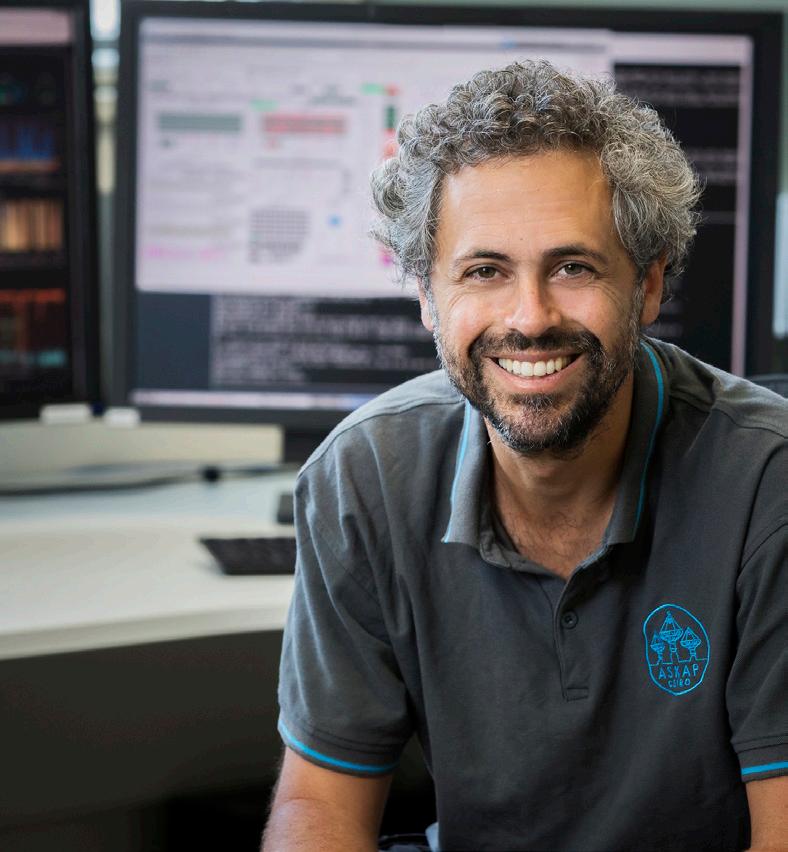
1 minute read
ASKAP team wins prestigious American science prize
from Contact 07
An ASKAP team led by CSIRO astronomer Dr Keith Bannister has received the 2020 Newcomb Cleveland Prize, presented by the American Association for the Advancement of Science. Awarded each year since 1923, the prize honours the most impactful research paper published in the journal Science. The international team of 54 astronomers, based at 21 institutions was the first to pinpoint the location of a non-repeating fast radio burst (FRB).
“Fast radio bursts are extremely short extragalactic events – that is, they originate in a galaxy far, far away – and identifying the exact signal source of one is like looking for the proverbial needle in a haystack,” said Holden Thorp, editor-in-chief of Science and chair of the Newcomb Cleveland Prize Selection Committee.
The origins of FRBs were a mystery because radio telescopes lacked the precision to identify where they came from. It wasn’t clear if they came from nearby stars or distant galaxies. To resolve the mystery, the team used CSIRO’s Australian Square Kilometre Array Pathfinder (ASKAP) radio telescope, an array of 36 antennas in Western Australia.
ASKAP is equipped with unique CSIRO-designed phase array feed receivers which widen its field of view by a factor of 30, enabling it to find bursts more rapidly. ASKAP was used to detect the burst and, crucially, pinpoint its location using a novel ‘live action replay’ system. Dr Bannister, who designed the system, said it was a great honour to receive the award which was the result of a massive team effort.
“It’s thrilling to be part of cutting-edge science and technology in Australia, and to have it recognised internationally,” Dr Bannister said.
The annual award recognises a paper for its quality, innovation, and wide significance. The winning paper, A single fast radio burst localized to a massive galaxy at cosmological distance, was published in Science on 9 August 2019, featuring an image of ASKAP on the front cover.
ASKAP is located at CSIRO’s Murchison Radio-astronomy Observatory (MRO). We acknowledge the Wajarri Yamaji as the traditional owners of the MRO site.

Dr Keith Bannister led an international team of 54 astronomers, based at 21 institutions.
Credit: CSIRO.
By Annabelle Young (CSIRO)










